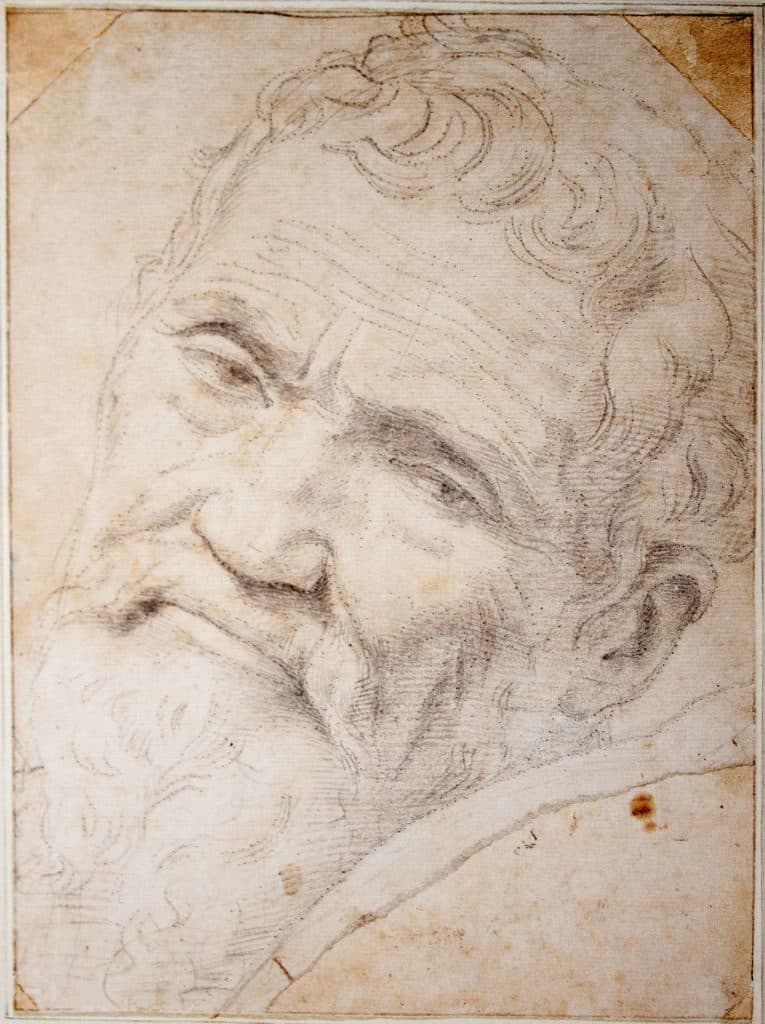Taking a Florence private guided tour with an expert local guide means to live an experience you will remember forever. Every day, there is a new adventure waiting to happen in Florence.
With me, a private tour of Florence is truly COOL! You call it art, I call it Renaissance.
You call it organic, I call it simply food. You call it wow, I call it Florence! It’s not about what you do, it’s all about how you feel. And with Fantastic Florence Private Tours you feel like you enjoy Florence with an old time friend. Because Florence is not only Michelangelo’s David, Botticelli’s Venus and the sunset seen from Michelangelo Square.
It’s a glass of prosecco at the end of the day, a talk in front a cup of coffee, a gelato eaten in the street, big hugs at the end of the tour wishing to start again from the beginning. I want you to go back home knowing that you made new friends in Florence and feeling that the tour you took with Fantastic Florence was the highlight of your trip!
“There’s nothing more to see” he knew it wasn’t true. The end of one journey is simply the start of another. You have to see what you’ve missed the first time, see again what you already saw, see in the springtime what you saw in the summer, in daylight what you saw at night, see the sun shining where you saw the rain falling, see the crops growing, the fruits ripen, the stone which has moved, the shadow that was not there before. You have to go back to the footsteps already taken, to go over again or add fresh ones alongside them. You have to start the journey anew. Always. The traveller sets out once more”. José Saramago (Nobel Prize), Journey to Portugal


 Read more »
Read more »
 Read more »
Read more »